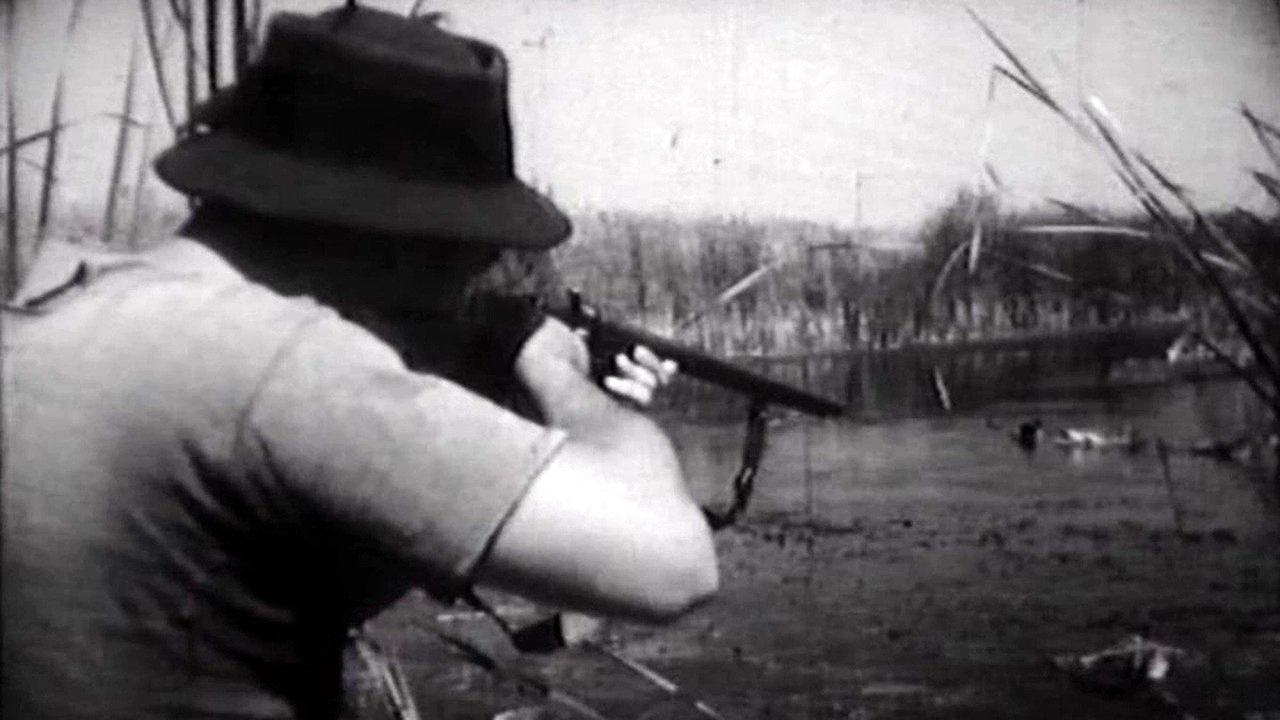
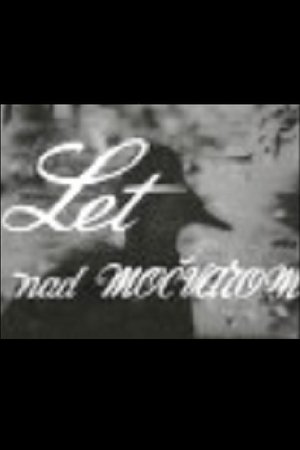
Flight Above the Marshes(1956)
A magnificient poem of the tragic love between two wild ducks. The suicidal sacrifice of the male for his female, we do not witness a hunting scene, but a real tragedy of the birds Romeo and Juliet.
Movie: Flight Above the Marshes
Top 1 Billed Cast
The narrator (voice)

Let nad močvarom
HomePage
Overview
A magnificient poem of the tragic love between two wild ducks. The suicidal sacrifice of the male for his female, we do not witness a hunting scene, but a real tragedy of the birds Romeo and Juliet.
Release Date
1956-01-01
Average
0
Rating:
0.0 startsTagline
Genres
Languages:
Keywords
Similar Movies
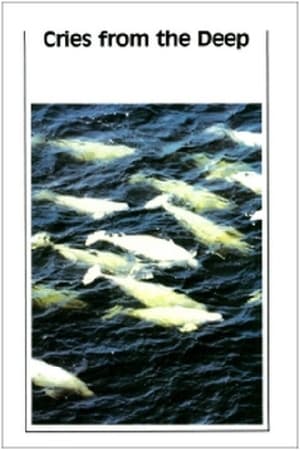 0.0
0.0Cries from the Deep(fr)
This documentary records the journey undertaken by Jacques Cousteau, his 24-member team, and an NFB film crew to explore the Grand Banks of Newfoundland, one of the world's richest fishing areas. They discover shipwrecks, film icebergs and observe beluga whales, humpback whales and harp seals. The film also includes a fascinating sequence showing Calypso divers freeing a calf whale entrapped in a fishing net.
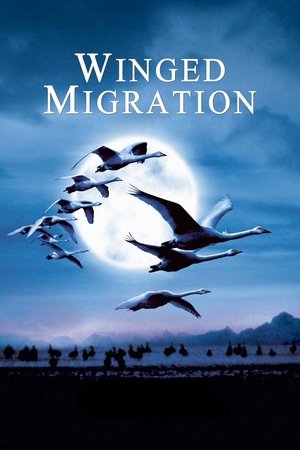 7.6
7.6Winged Migration(fr)
This documentary follows various migratory bird species on their long journeys from their summer homes to the equator and back, covering thousands of miles and navigating by the stars. These arduous treks are crucial for survival, seeking hospitable climates and food sources. Birds face numerous challenges, including crossing oceans and evading predators, illness, and injury. Although migrations are undertaken as a community, birds disperse into family units once they reach their destinations, and every continent is affected by these migrations, hosting migratory bird species at least part of the year.
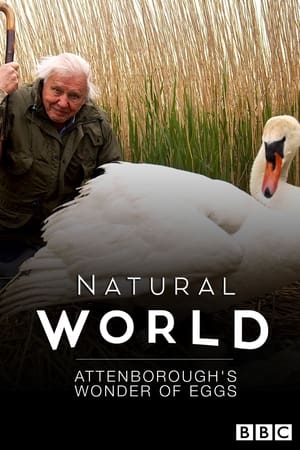 6.0
6.0Attenborough's Wonder of Eggs(en)
David Attenborough has a passion for birds' eggs. These remarkable structures nurture new life, protecting it from the outside world at the same time as allowing it to breathe. They are strong enough to withstand the full weight of an incubating parent and weak enough to allow a chick to break free. But how is an egg made? Why are they the shape they are? And perhaps most importantly, why lay an egg at all? Piece by piece, from creation to hatching, David reveals the wonder behind these miracles of nature.
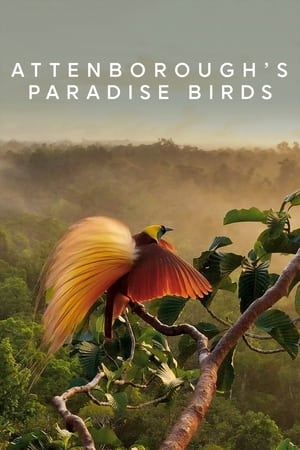 8.1
8.1Attenborough's Paradise Birds(en)
David Attenborough tells the remarkable story of how these " birds of paradise " have captivated explorers , naturalists, artists, filmmakers and even royalty.
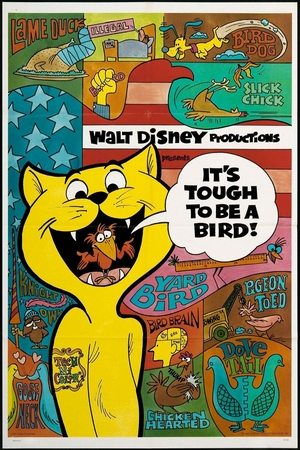 6.3
6.3It's Tough to Be a Bird(en)
Part cartoon and part documentary, this film offers a humorous look at birds and the ways people perceive them.
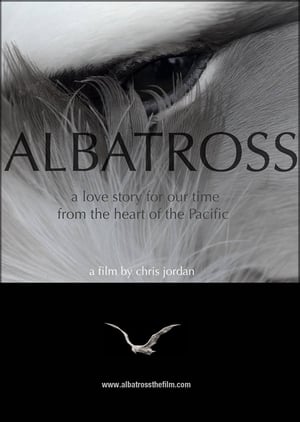 10.0
10.0Albatross(en)
A powerful visual journey into the heart of a gut-wrenching environmental tragedy, while delivering a profound message of healing and renewal.
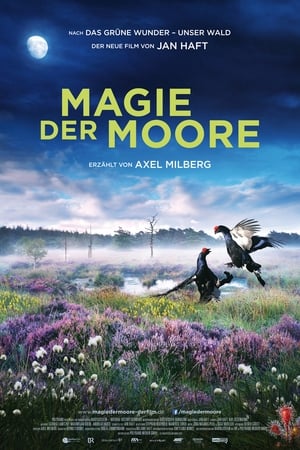 7.5
7.5Magie der Moore(de)
Jan Haft is without doubt a nature filmmaker with a gifted knack for the very special regions of the world. A few years ago, in Das grüne Wunder - Unser Wald, he dedicated himself to the place that all Germans long for, and in his new film he explores a similarly mythologically and historically charged topography, which is nevertheless much less present than the murmur of the forests. It is about the mainly northern European moorland landscapes and their rich and unique flora and fauna, whose magic he traces in an opulent visual arc of exquisite beauty.
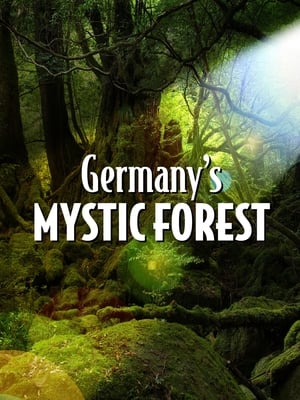 8.0
8.0Germany's Mystic Forest(de)
Dark green, impenetrable forests cover a landscape with secluded valleys and rugged mountain ridges. 2.000 rivers and streams dig deep into the underground and transport their water into reservoirs or "Germany's Wild Amazon", the Wupper. These forests and rivers, together with heath-lands and moors, are home to a diverse fauna. Martens, badgers, wild boars, hares, roe deer, red deer and wild boars, even black grouse and hazel deer find shelter in these parts. Wolves have also have a dominant presence, not to mention those who live underground, such as lizards, bats, and snakes. Accompany us on a journey where we explore every corner of this rugged land. Climb underground into the Bergisches Land, through the vast hidden cave systems that sprawl far beneath the forests. There is also much to be discovered in the water, dive with us in crystal clear streams and rivers with their diverse flora and fauna.
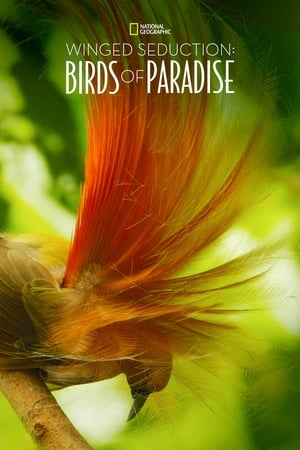 5.0
5.0Winged Seduction: Birds of Paradise(en)
Tim Laman a photographer for National Geographic and ornithologist Ed Scholes have been traveling to some of the most remote jungles the world has to offer in search of observing and photographing all 39 species of tropical bird. This particular group of birds are entitled as the “Birds of Paradise” and can be found in some of the last truly wild locations of New Guinea.
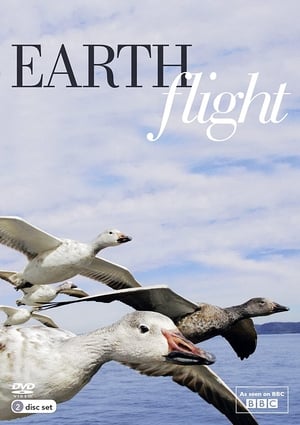 6.6
6.6Earthflight(en)
Nature documentary that takes a breathtaking flight on the wings of birds across six continents and experiences some of the world's greatest natural spectacles from a bird's-eye view.
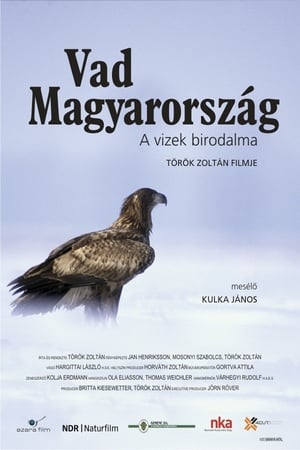 10.0
10.0Wild Hungary – A Water Wonderland(hu)
The recurring protagonists of the movie is an osprey family and a young otter. Through their story, the animals living in the wetlands of the Carpathian Basin and their rarely seen behaviour are presented. Deers, Hungarian grey cattle, asps, catfish, bee-eaters, hooded crows appear in the movie, as well as places like the backwaters of the Tisza River, the Danube and its tributaries, the Hortobágy, the Balaton and the Gemenc Forest. The movie presents one year of the animals living the wetlands and floodplain forests, from winter to next summer. A nature documentary about the lands, fauna and nature-related traditions of Hungary.
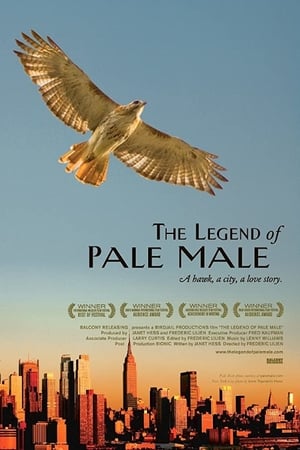 6.5
6.5The Legend of Pale Male(en)
This is the true account of one of the most surprising and remarkable love stories in the history of New York. It begins in 1993, when a young man from Belgium looking to change his life has an unexpected encounter in Central Park. He meets a hawk. Not just any hawk, but a wild Redtail, a fierce predator that has not lived in the City for almost a hundred years. Compelled to follow this extraordinary creature, he buys a video camera and sets out to track the hawk.
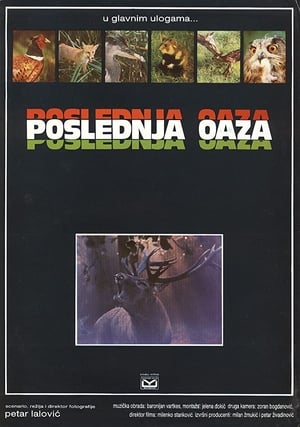 7.8
7.8The Last Oasis(sh)
A documentary which takes artistic approach in presenting the untouched environment between the rivers of Danube and Drava in Yugoslavia. This strange world, in which the laws of nature incredibly resemble to those of humans, regenerates itself and lives on despite destruction.
Skyward(en)
IMAX documentary about the Suncoast Seabird Sanctuary, FL, USA Made for exhibition at the Expo '85, Tsukuba, Japan.
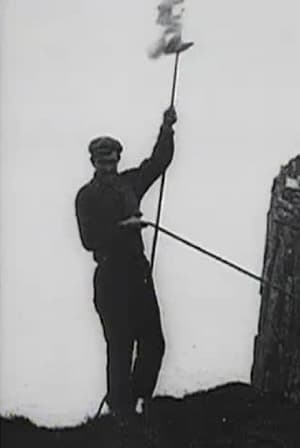 0.0
0.0St. Kilda, Its People and Birds(xx)
Scenes of islanders and seabirds on the remote island of St. Kilda.
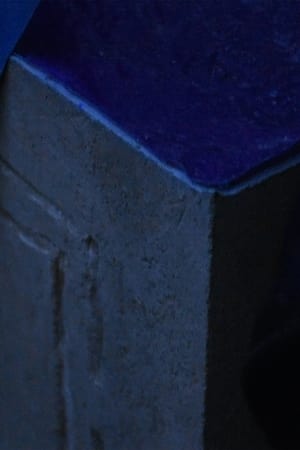 10.0
10.0I'll See You Again(it)
A group of artists settle in a swamp on the banks of the Indre River. Meanwhile, a voice describes a utopian world.
The Commoners(en)
In 1890, one man had the idea to collect every bird ever mentioned in Shakespeare and release them into Central Park. The only bird to survive in the New World was the European starling, which became one of the most common birds in North America. Its introduction is now widely considered a major environmental disaster.
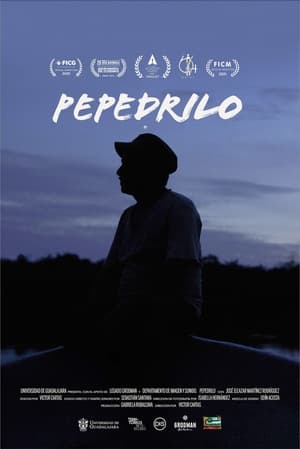 10.0
10.0Pepedrilo(es)
Pepedrilo and his peculiar connection with nature are embodied by the care and protection of a crocodile sanctuary, whose stability is put in danger day by day by the threat of men.
Kea: The Smartest Parrot(en)
Sir David Attenborough narrates a documentary about the Kea, the world's only alpine parrot. Playful and destructive, it attacks cars, starts landslides and terrorises New Zealand ski resorts but behind the bad behaviour there's a sharp mind at work. David tries to play chess with a kea and discovers how its cheeky character is the key to its survival.
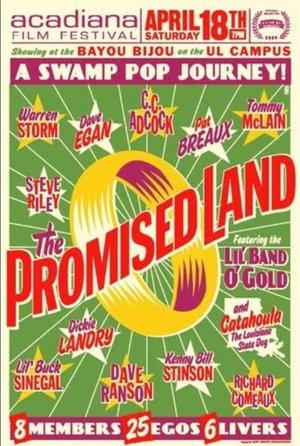 0.0
0.0The Promised Land: A Swamp Pop Journey(en)
Head to southern Louisiana with filmmaker Matthew Wilkinson to soak up one of the country's best-kept musical secrets: Lil' Band o' Gold, a group of seasoned musicians who churn out an eclectic blend of country, R & B and zydeco known as swamp pop. This lively documentary follows blues-rock legend C.C. Adcock as he scours the marshes and prairies of Acadiana to assemble a supergroup of diverse personalities, backgrounds and musical styles.